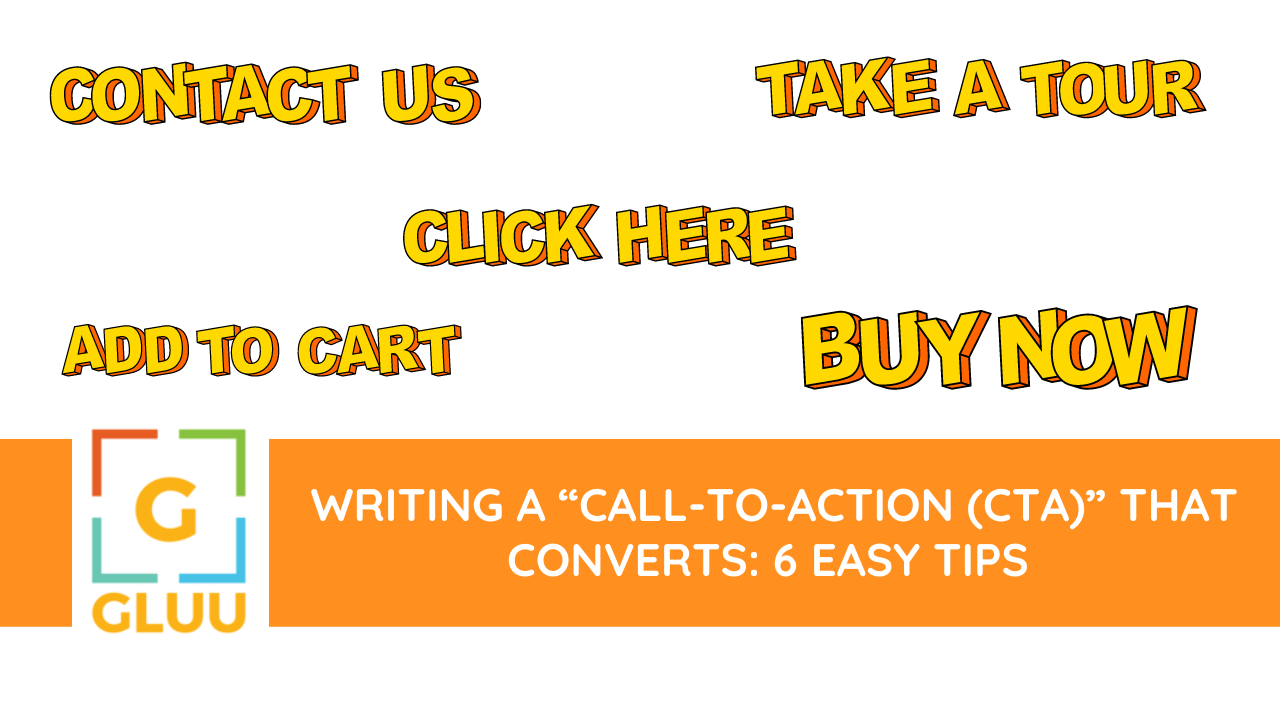There is no point in writing a copy that doesn’t give a clear direction to its readers. CTAs help the reader to understand where to go after a certain point in time. It could be anything from urging the audience to download a guide, buying a product/service or signing up for a newsletter.
CTAs can be displayed as a popup, banner, or in the form of text. They should be placed where they are most likely to be seen by site visitors.

Popups are often used on landing pages to capture email addresses or to promote a sale. Banners are often used on websites that have a lot of traffic. Text CTAs can be used anywhere on a website. They are typically placed near the top of the page so that they are visible when the page is scrolled down.
Let’s talk about the tips that can take your CTA writing to the next level.
It can help remove any ambiguity about what you want the reader to do. Ambiguity can confuse people and cause them to either not take action at all, or take the wrong kind of action.
Making the action clear can also help increase the likelihood that people will actually take that action. If people know exactly what they need to do, they’re more likely to follow through and do it. On the other hand, if they’re unsure or intimidated by the CTA, they’re less likely to take any action at all.
The sense of urgency will be different for each person or group. However, here are a few tips to create a sense of urgency in CTAs:
Some common types of CTAs include buttons (either text or graphical), Sidebar, sliders, forms, and pop-ups.
To determine which CTA is best for your campaign, you’ll need to consider what you’re trying to achieve. For example, if you want to generate leads, you’ll want a CTA that encourages people to submit their information. If you want to increase website traffic, you might want a CTA that encourages people to click through to your website.
You need to give enough white space and keep the size as per your content design. Don’t use colours that are totally bizarre in terms of the whole page colours.
There are two ways to place your CTA in your content - anticipation and surprise. Anticipation means to place your CTA before the reader even knows he needs your product or service. Surprise means to place it out of the blue so that when the reader encounters it, he is completely surprised. Using pop-ups is extremely sensitive, you might want to use an exit-intent popup after the user goes through your content.
If you’re creating a long-form piece of content, you may want to include multiple CTAs throughout, so that readers can take action at different points as they’re reading. Ultimately, it’s up to you to experiment and see what works best for your audience and your goals.
There’s no magic formula for the perfect CTA, but there are a few things to keep in mind. First, make sure your CTA is clear and concise - you want your audience to understand what you’re asking them to do, and you don’t want to distract them with too much information. Second, consider the placement of your CTA - it should be in a spot where it’s easy for your audience to see and act on it.
A good CTA length is between 7-15 words.
You cannot just write Click Here. You need to write ’ Click Here to get our next offer’ to get it done. It’s also good to use a call to action like "sign up" or "learn more" instead of "click here" because they are easier to understand.
The best copywriters out there use simple language to generate leads. Simple language is going to be more effective than complex language, because complex language bogs down the reader and makes her feel confused. When writing a call to action, you want to get your reader to take action without making her feel overwhelmed. Using simple language is going to be less intimidating for your reader and it’s going to make her more likely to read your copy and then take action.
In conclusion, following these six easy tips will help you write a ’call-to-action’ that converts. Remember to keep your CTA simple, clear, and actionable. Also, make sure it is relevant to your target audience and offer them something of value. For more help with your digital marketing, contact Gluu UK.
Phone: 020 3500 2602
Email Id: info@gluu.co.uk